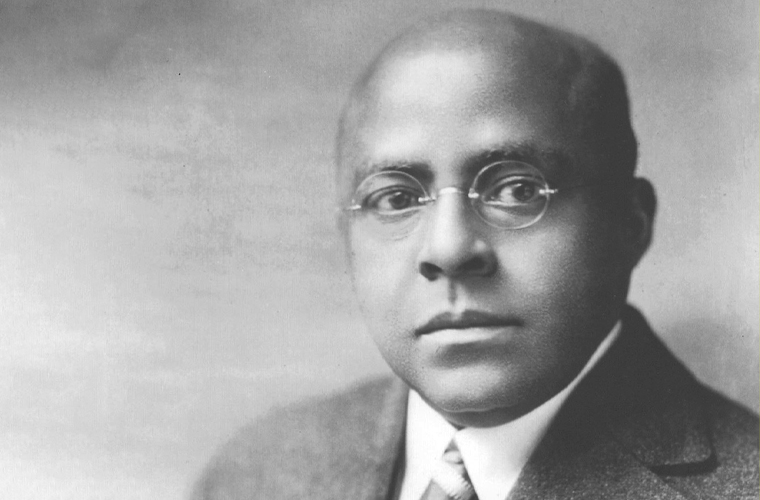Philip A. Payton Jr., a renowned real estate magnate, left an indelible mark on the landscape of Harlem, transforming it into a thriving black mecca. In the early 1900s, Harlem was predominantly white, characterized by its wide boulevards, elegant brownstones, and row houses. However, Payton’s vision and determination reshaped the destiny of this neighborhood, paving the way for a new era of cultural and social significance. Born with an entrepreneurial spirit, Philip A. Payton Jr. possessed a keen eye for opportunities in the real estate market. Recognizing the potential of Harlem, he embarked on a mission to create a vibrant community that would empower and uplift African Americans. His relentless efforts and strategic investments would forever alter the course of Harlem’s history.
At the time, Harlem was an area predominantly inhabited by white residents. However, socioeconomic factors and racial tensions led to a gradual migration of African Americans from the southern states to northern cities like New York. Payton recognized this demographic shift as a golden opportunity to establish a thriving black community in Harlem. With his real estate expertise and unwavering determination, Payton began acquiring properties in Harlem, gradually turning it into a hub of African-American culture and commerce. His vision was not merely limited to creating affordable housing for black residents; he aimed to foster an environment that celebrated black excellence and provided opportunities for economic prosperity.
Payton’s efforts were met with both challenges and triumphs. He faced resistance from white property owners who were reluctant to sell their properties to African Americans. Undeterred, Payton employed innovative strategies to overcome these obstacles. He established the Afro-American Realty Company, which specialized in facilitating property transactions between black buyers and white sellers. This groundbreaking approach not only opened doors for African Americans to own property in Harlem but also challenged the prevailing racial prejudices of the time.
As Payton’s influence grew, so did the black population in Harlem. The neighborhood became a magnet for intellectuals, artists, musicians, and entrepreneurs seeking a space where their talents could flourish without the constraints of discrimination. The cultural renaissance that unfolded in Harlem during the 1920s, known as the Harlem Renaissance, owed much of its success to Payton’s vision and determination.
Under Payton’s leadership, Harlem witnessed a remarkable transformation. Wide boulevards were no longer just a symbol of grandeur; they became avenues of hope and progress for African Americans. The once-exclusive brownstones and row houses opened their doors to a diverse community, fostering a sense of unity and pride. Payton’s legacy extends far beyond his real estate ventures. By creating opportunities for black individuals to own property and establish businesses in Harlem, he laid the foundation for economic empowerment within the African-American community. His vision of a black mecca not only transformed the physical landscape of Harlem but also ignited a cultural revolution that resonates to this day.
Today, Harlem stands as a testament to Philip A. Payton Jr.’s enduring legacy. It is a neighborhood that celebrates diversity, embraces its rich history, and continues to be a vibrant center of African-American culture. The contributions of Payton and those who followed in his footsteps have shaped Harlem into an iconic symbol of resilience and triumph over adversity.
As we reflect on the remarkable journey of Philip A. Payton Jr., we are reminded of the power of vision and determination in shaping communities and transcending barriers. His legacy serves as an inspiration for future generations to strive for excellence, challenge societal norms, and create inclusive spaces where all individuals can thrive.

